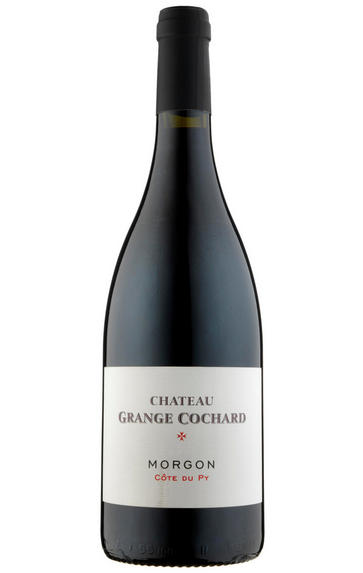
About this WINE
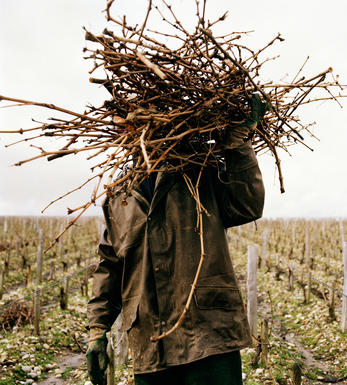
Chateau Grange Cochard
James and Sarah Wilding of Château Grange Cochard have abandoned St Albans for the charms of the Beaujolais countryside and a delightful property close to Morgon with some fine vineyard holdings, all benefiting from old vines.
Their first vintage at Château Grange Cochard was 2009. The estate consists of 6 hectares of vines, in the appellation of Morgon, including 1.5 hectares on the renowned old volcano of Côte du Py, all within a few hundred metres of the chateau. Most of the vines are between 40 and 100 years old. Their age results in low yields with intense small berries supplying complex structure, discreet tannins, and dark fruit flavours.
The classic Morgon vieilles vignes cuvee is matured in old, 3000 litre oak foudres which allow the wine to soften and fully integrate the fruits and tannins.
Chateau Grange Cochard is committed to sustainable viticulture, following a policy of minimum intervention with increased use of natural farming methods to nourish the soil and maintain a healthy and balanced eco-system. Grass is planted between rows of vines which reduces erosion and naturally restricts weed growth. No insecticides or pesticides are applied and no artificial irrigation systems are used.
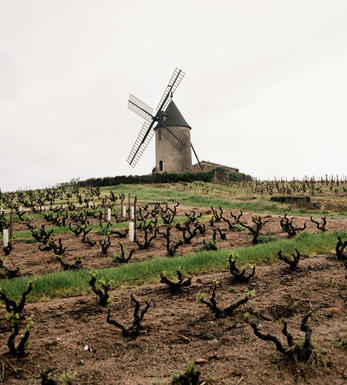
Morgon
With 1100 ha of vines, Morgon is the second largest Cru after Brouilly, producing wines that are only marginally less powerful than those of Moulin-à-Vent. Certainly Morgon’s are the firmest in the region, with a bouquet of great purity and compact Gamay fruit. Morgon needs more time than other Crus before it can be broached - normally 2-3 years for its most serious exponents – and develop its rich, savoury flavours which lead to a Pinot Noir-like maturity.
The ‘Classico’ heart of the Morgon region is the Mont du Py, just south of the commune of Villié-Morgon. The finest wines almost exclusively come from its Côte de Py slope, whose aspect and rich schistous soil contribute to greater ripeness, and yield wines that are denser than anywhere else in the appellation. As you would expect from a region of this size the character and quality of Morgon can vary considerably, but the best are as good, and as sturdy and long-lived, as any other Beaujolais you will find.
Recommended Producers: François Calot, Maurice Gaget, Louis-Claude Desvignes.
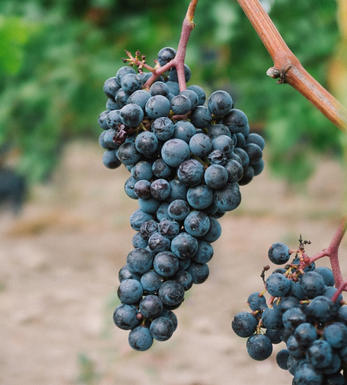
Gamay
A French variety planted predominately in Beaujolais where it is the grape behind everything from light and often acidic Beaujolais Nouveau through to the more serious and well-structured wines from the 10 cru villages. It takes its name from a hamlet just outside Chassagne-Montrachet and was at one stage widely planted on the Côte d`Or. However it was gradually phased out due to its poor yield and supposed poor quality of its wines.
The majority of Gamay wines in Beaujolais are labelled as Beaujolais or Beaujolais-Villages and are deliciously juicy, easy drinking, gulpable wines. Of more interest are the Cru wines from the 10 villages in the north of the region where the soil is predominantly granitic schist and where the vines are planted on gently undulating slopes. These can be well-structured, intensely perfumed wines, redolent of ripe black fruits and, while delicious young, will reward medium term cellaring.
Gamay is also grown in the Touraine region of the Loire where it produces soft, well-balanced, gluggable wines for drinking young.


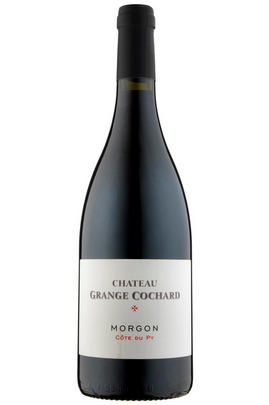
Buying options
Add to wishlist
Description
The most classic terroir of Morgon on a volcanic outcrop of blue slate soil. It is more backward than the other 2010 bottlings, very compact yet with amazing underlying intensity and brilliant fresh dark fruit notes.
This is showing really well with some bottle age (retasted - June 2013), as demonstrated here by the gorgeous mix of red and black fruit, with a light overlay of oak which comes from Morgon's famous volcanic vineyard, Côte du Py. The weight of fruit is really impressive while the mix of ripe tannins and fresh acidity at the back give a satisfyingly crunchy finish.
Jasper Morris MW, Burgundy Wine Director
wine at a glance
Delivery and quality guarantee